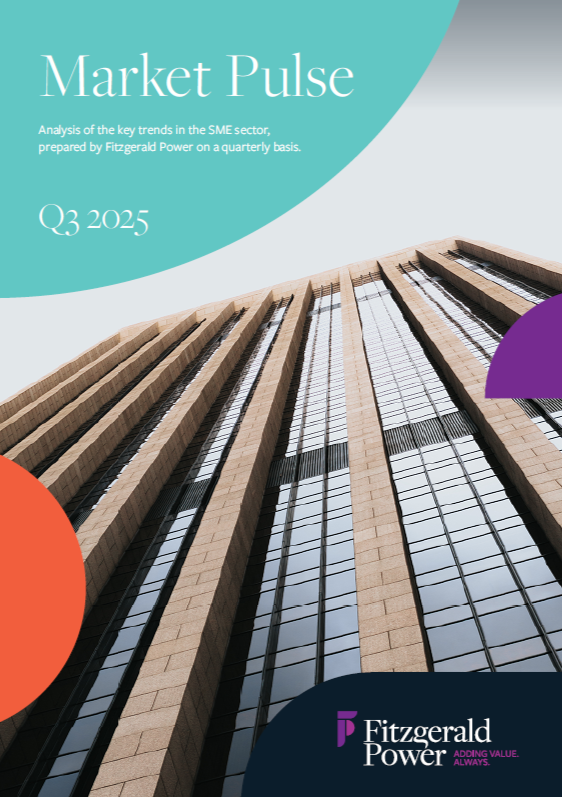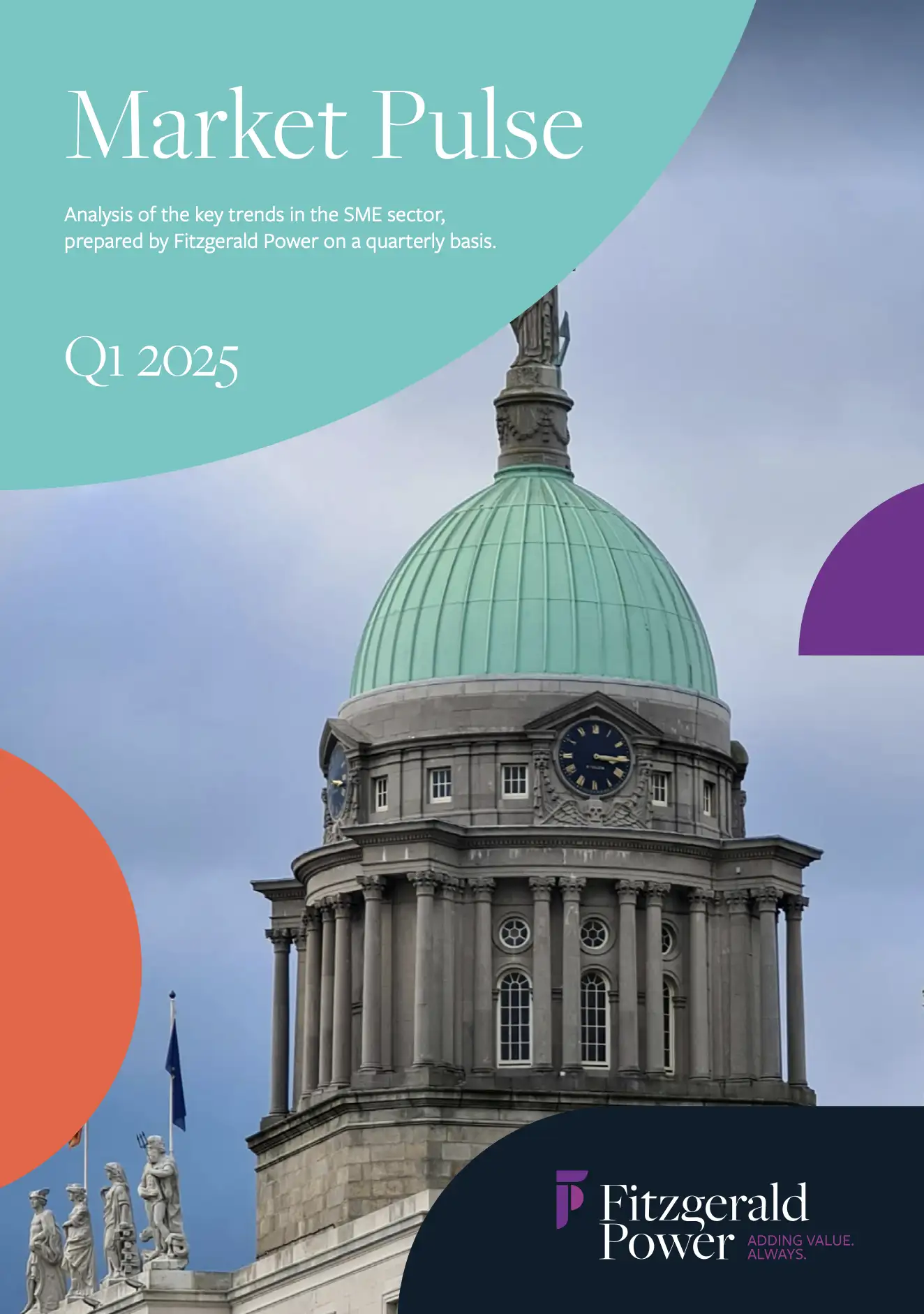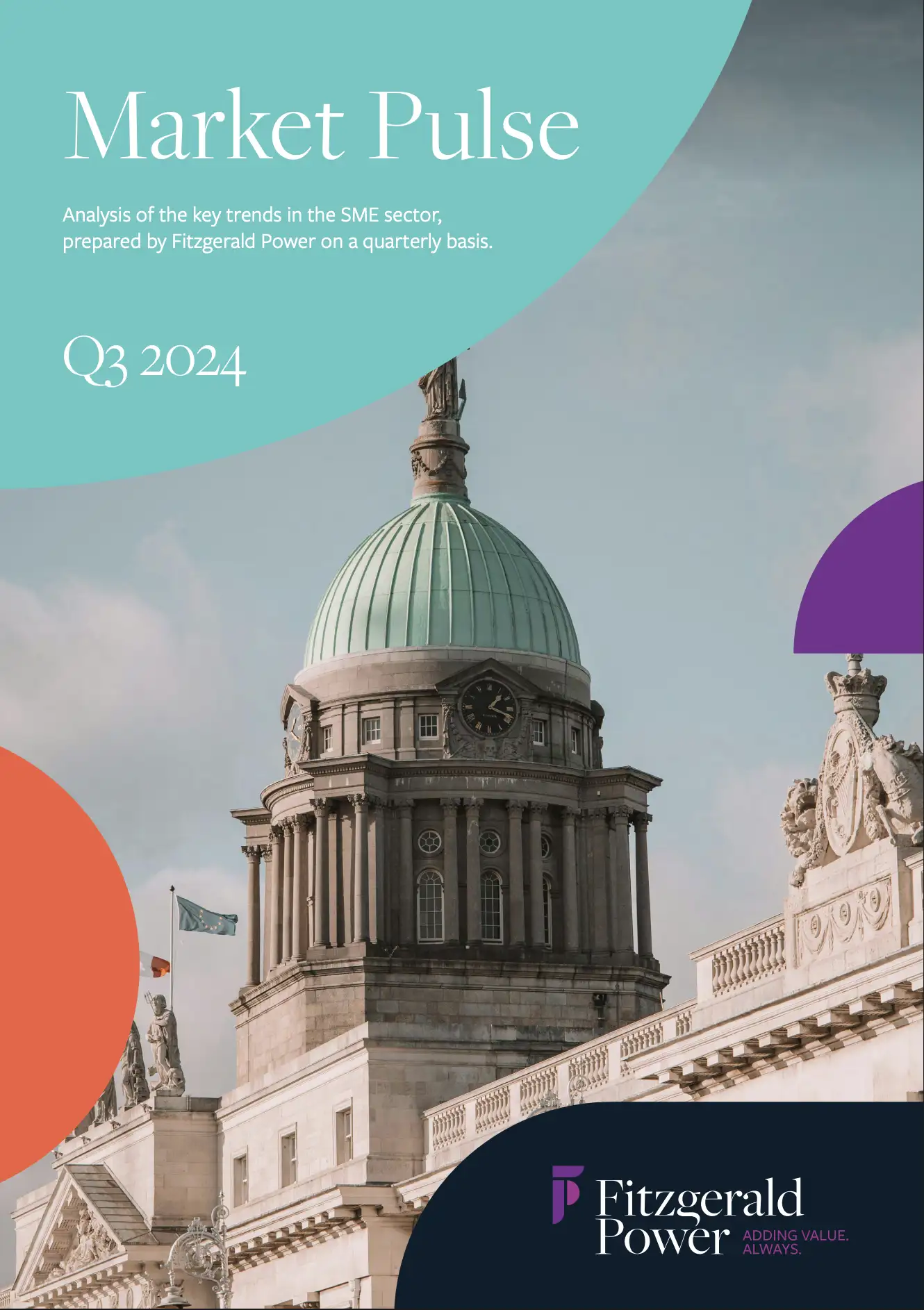Summary Q3 2025
Irish Economy
CSO data show that the Irish economy grew by 4.8% in 2024, driven by strong exports, multinational activity, and steady domestic demand. Real GNI has expanded 27% since 2019, highlighting robust post-pandemic growth. In the first half of 2025, Modified Domestic Demand rose 3.8%, supported by a 2.8% increase in employment. The Central Bank’s Business Cycle Indicator remains positive, signalling continued but moderating growth amid weaker construction activity and subdued consumer sentiment.
Global Economy
In Euromonitor’s Q3 2025 baseline forecasts, global growth remains resilient in H1 2025 but is slowing due to US tariffs and trade uncertainty, with global GDP projected at 2.9% in 2025 – 2026. Developed economies face weak expansion, while China and select emerging markets benefit from stimulus and strong domestic demand. Global inflation is easing overall, though US tariffs may drive higher inflation in H2 2025, while Europe and Asia experience subdued price pressures.
Insolvencies
Ireland recorded 618 corporate insolvencies in the first nine months of 2025, down 5% year-on-year, as company-led closures fell 22% while formal restructurings rose 36% (Deloitte, 2025). Creditor-led actions surged, with Court Appointed Liquidations up 107% and Receiverships up 29%, highlighting legacy debt recovery and SME vulnerability, especially in hospitality, retail, and construction.
Housing Market
Sherry FitzGerald reports Ireland’s second-hand home values rose 1.8% in Q3 2025 (7.3% YoY), with stronger growth outside Dublin due to supply shortages. New home sales increased 19% while second-hand transactions fell 1.7%, underscoring ongoing regional undersupply.
Irish GDP
Preliminary CSO figures show Ireland’s GDP fell 0.1% in Q3 2025 quarter-on-quarter, mainly due to a slowdown in the multinational sector. Compared to Q3 2024, GDP rose 10.5%, reflecting earlier export-driven gains, though analysts caution the figures are volatile and subject to revision.







